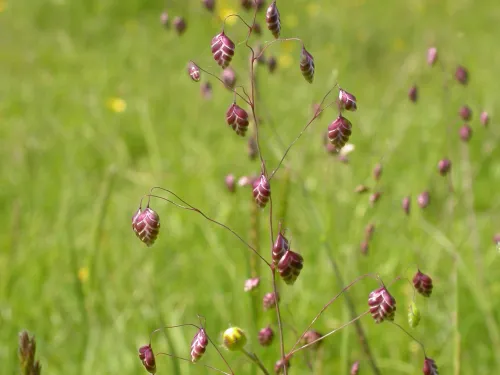
Quaking-grass
As its name suggests, quaking-grass can be seen quivering or 'quaking' in a breezy, summer wildflower meadow. Its purple-and-green, heart-shaped flower heads hang from delicate stems.
Want to learn more about wildlife near you? You're in the right place, search below and discover the nature you can help protect in Kent.

As its name suggests, quaking-grass can be seen quivering or 'quaking' in a breezy, summer wildflower meadow. Its purple-and-green, heart-shaped flower heads hang from delicate stems.
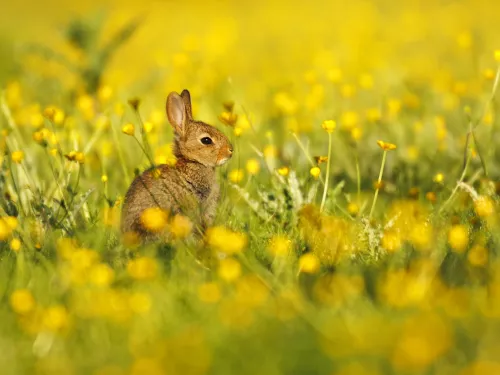
Who doesn’t love spotting rabbits hopping through long grass during a walk in the countryside? They are a common sight but it is always a treat to see their curious faces popping up, ears stood tall on the look out for predators.
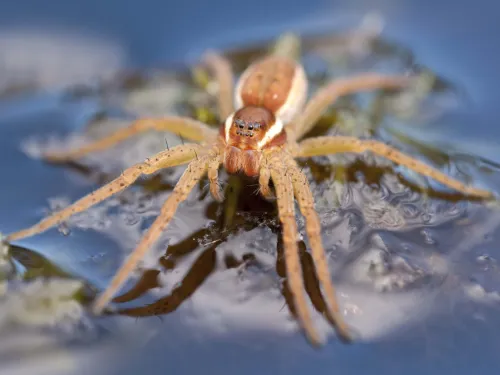
The chocolate-brown raft spider inhabits bogs and ponds. It can be spotted sitting near the water, its legs touching the surface. When it feels the vibrations of potential prey, it rushes out to catch it, floating like a raft.
The pink, frayed flowers of Ragged-robin are an increasingly rare sight as our wild wetland habitats disappear. You can help: grow native plants in your garden and enjoy the hum of visiting insects.
The ragworm is highly common on our shores, though rarely seen except by the fishermen that dig them up for bait.

With a silvery body, and purple, pink and bluish streaks down its flanks, the rainbow trout lives up to its name. Popular with anglers, it is actually an introduced species in the UK.
A bushy brown seaweed that appears bright blue underwater.

The raven is famous for being the imposing, all-black bird that guards the Tower of London. Wild birds live in forests, and upland and coastal areas in the north and west of the UK.
Their long narrow shells are a common sight on our shores, especially after storms, but the animals themselves live buried in the sand.
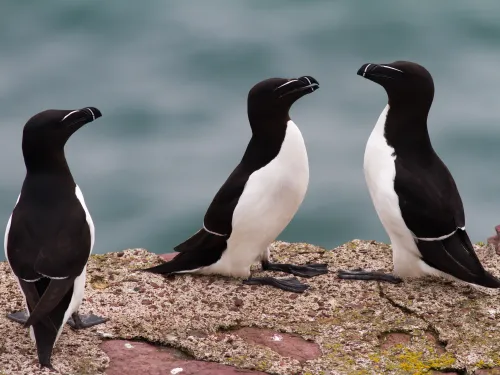
The razorbill has a characteristically thick, black bill, with a white stripe across it. It nests with other seabirds, such as guillemots, but prefers the lower ledges and rocky bottoms of cliffs and deep ravines.

The red admiral is an unmistakable garden visitor. This black-and-red beauty may be seen feeding on flowers on warm days all year-round. Adults are mostly migrants, but some do hibernate here.
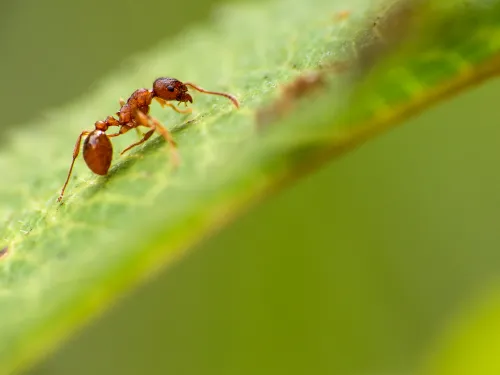
Turn over large stones or paving slabs in the garden and you are likely to find a Red ant colony. This medium-sized ant can deliver a painful sting, so be careful! In summer, winged adults swarm and mate.